This website uses cookies so that we can provide you with the best user experience possible. Cookie information is stored in your browser and performs functions such as recognising you when you return to our website and helping our team to understand which sections of the website you find most interesting and useful.
Hlukhiv community
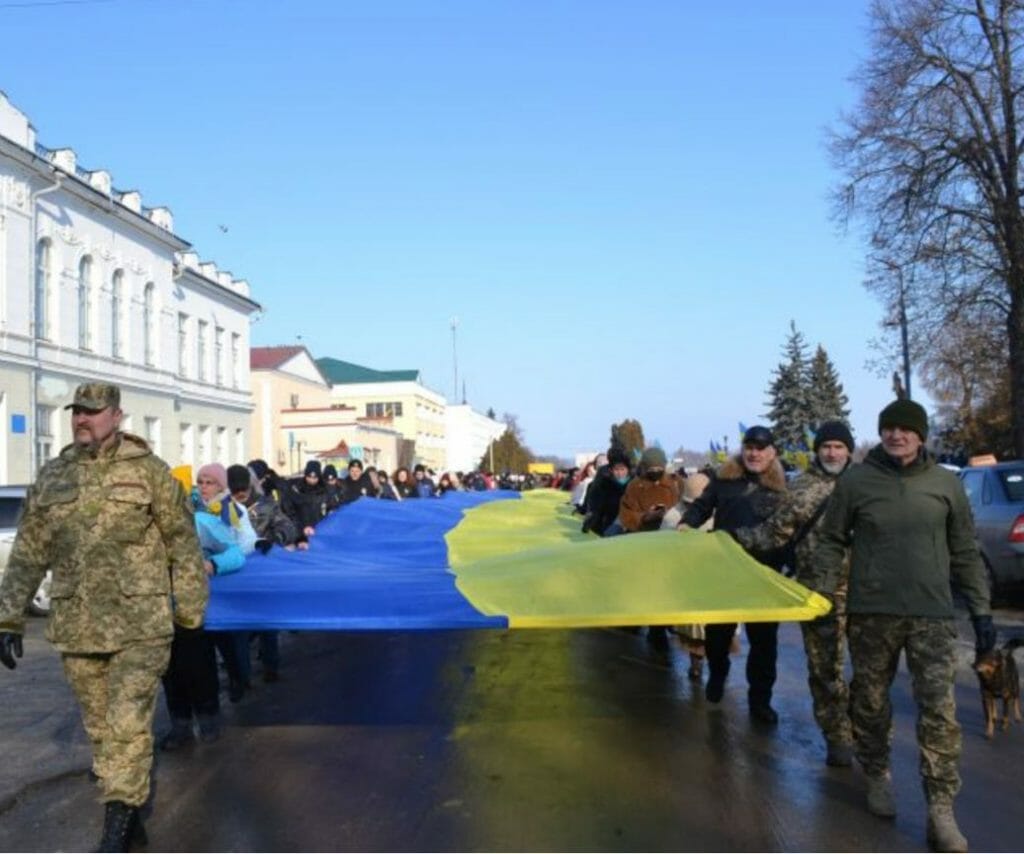
The population of the community is 38 382
Women – 20 880
Men – 17 502
Children under 18 – 6 140
Pensioners – 8 600
Persons with disabilities – 2 076
Internally displaced persons – 618
The Hlukhiv community consists
of 1 city and 24 villages.
History
The community is located within the lowest part of Ukrainian Polissya in the
northeastern part of Ukraine. Hlukhiv lies on the bank of the Esman river, which
contributes a lot to the community’s picturesque landscape.
The original name Hlukhiv means – strong, impregnable fortress. This is how the
city has repeatedly faced the invaders during its centuries-long history.
The history of Glukhiv’s foundation dates back to 992. During the times of Kievan
Rus, the convenient location of the city at the crossroads of trade routes allowed
Glukhiv to become one of the most important fortresses of the ancient Rus.
When Hlukhiv was the capital of the Cossak State where Hetman, the head of
cossak state resided, foreign travelers said that the city surpassed even Kyiv in its
beauty. Much later, historians called the city a construction laboratory for the
whole of Ukraine, where different experiments in architecture were performed
easily and tastefully.
Following the initiative of Hetman Danylo Apostol, the Hlukhiv Singing School was
established in the city, where famous philosopher Hryhoriy Skovoroda, as well as
composers M. Berezovsky and D. Bortnyansky studied.
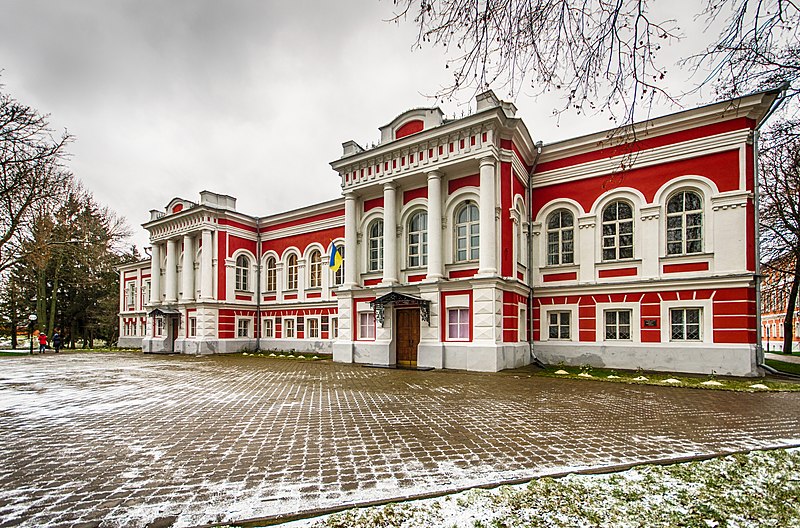
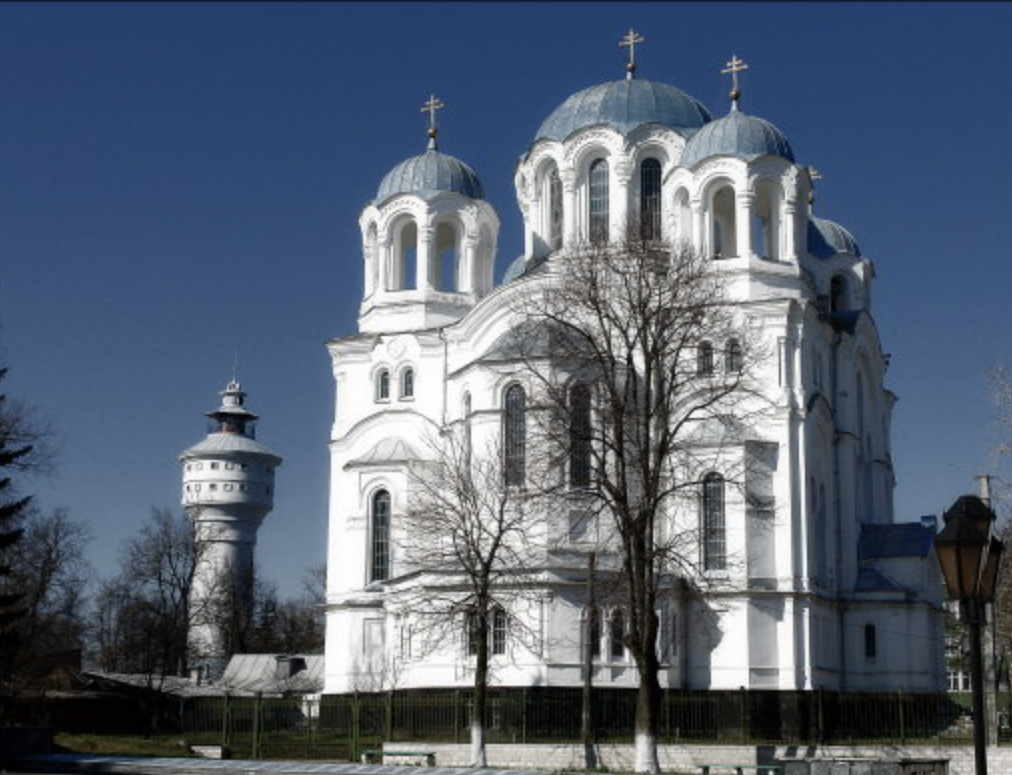
Cultural Heritage
The Hlukhiv National Reserve has been established on 75 hectares of the central historical part of the city. In total, the reserve includes 50 objects of architectural, historical and cultural value.
The most famous of them is the Church of St. Nicholas (1693). In the XVIII century, when Hlukhiv was the capital of the Cossak State, the Church of St. Nicholas was the main temple of the Left Bank of Ukraine.

Communities Economy
The main sectors of the community economy are agriculture and forestry.
The largest enterprise in the city is Hlukhiv Forestry. Here trees are grown and the
recreational, conservation and protective functions of forests are improved. Among
the 22,000 hectares of the forest fund, the most trees are pine, oak and birch.

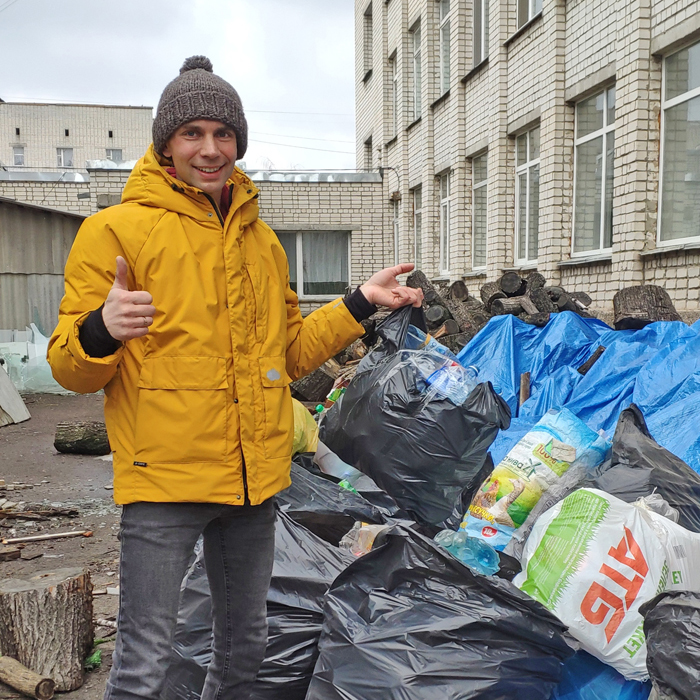
Public garbage sorting
station
Thanks to civic activists, recycling of
garbage in the community helps to
restore historic sites here. Local resident
Oleksandr Miroshnychenko initiated
creation of a public waste sorting station.
All the money from the recycling is
invested in restoration of local
monuments. According to Oleksandr, it is
not so much the funds raised with this
campaign that matter, but a competent
and efficient approach to garbage
disposal. After all, this is how residents
protect the environment from their own
negative impact, teach children to care
about nature and take responsibility over
the city in which they live and their future.
Community and the War
The Ukrainian-Russian border is only 15 kilometers from Hlukhiv..
In the first hours of the war, an overwhelming flow of the enemy forces was met
near Hlukhiv by the servicemen of a separate motorized infantry brigade named
after Hetman Ivan Vyhovsky.
Many defenders died on the battlefield, the community mourned the loss of their
heroes.


For more than a month, Hlukhiv
community was cut off by enemy forces
from the territories controlled by
Ukraine. There were constant power
outages, lack of medicine. Food was
distributed among households to live
through this difficult time.
Women and children tried to evacuate, but the green corridors did not always work.
Buses and ambulances came under fire.
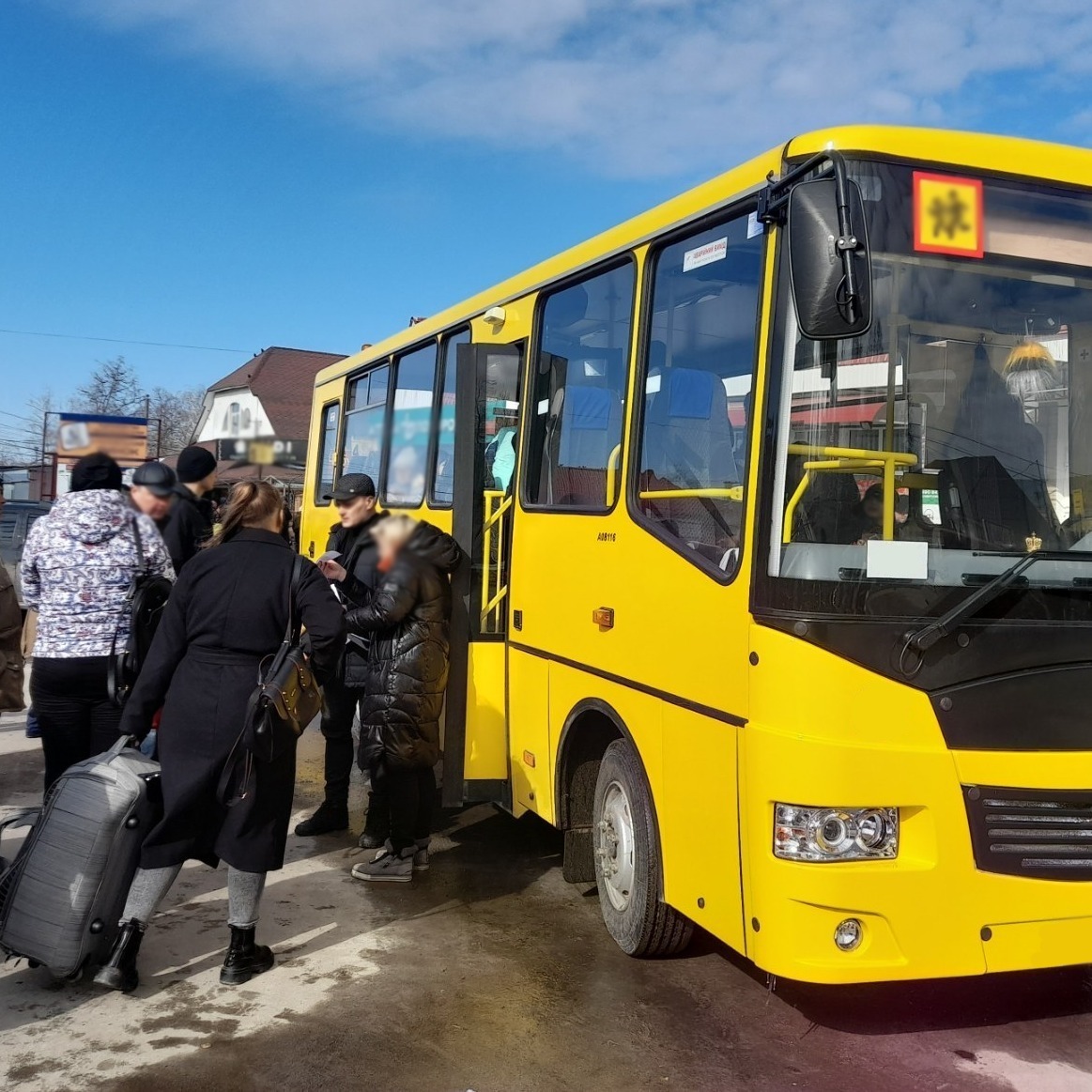
Mayor Nadiya Vaylo
The head of the community, Nadiya Vaylo, was with the residents throughout the
occupation. Nadiya has lived on her native land for all 63 years. She has two
children and three grandchildren. She holds the position of the community head
since 2020. Prior to that, she managed the Agricultural Society.

The future of the community
Hlukhiv strives to continue building a favorable business environment in the
community after the war.
One of the next steps is the development of a creative economy and tourism. In
September 2021, the City Council approved the Strategy for Sustainable
Development of Hlukhiv until 2027, which, in addition to the tourism industry,
identifies additional strategic directions for community development:
● development of industrial and agricultural production,
● creating a safe, comfortable and energy efficient community space;
● development of human capital.
The community is also working on implementation of the 2030 Sustainable Energy
and Climate Action Plan.
Sources
● Interviews with community members
● tour operator Tamtur
● Official site of Glukhiv Forestry State Enterprise
● Government courier
● Facebook page of Hlukhiv community
● Official site of Hlukhiv community
● Public.Media
● Wikipedia
